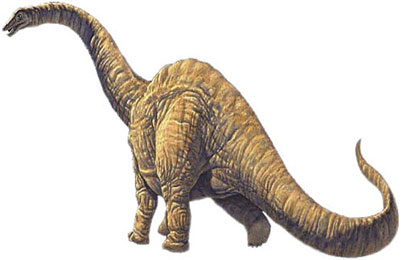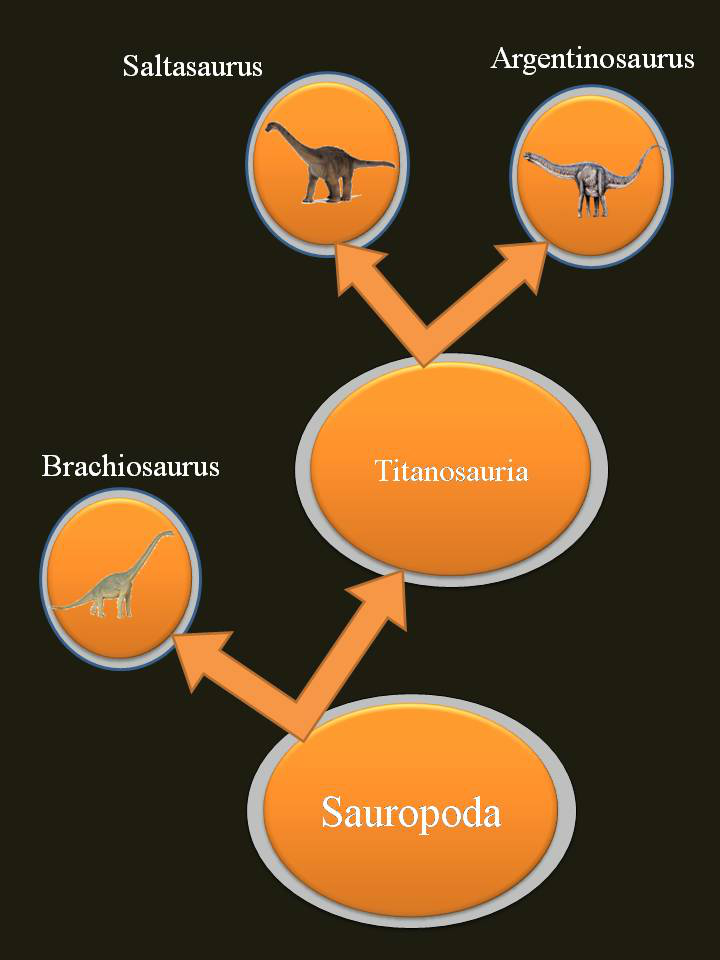Argentinosaurus was an herbivorous sauropod dinosaur that is fairly possibly the largest, heaviest land animal that ever lived. It urbanized on the island continent of South America during the Cretaceous period, after all of its more familiar Gondwanan Jurassic kin — like Apatosaurus.
Description
Not much of Argentinosaurus Dinosaurs fossil have been discovered except some back vertebrae, tibia, fragmentary ribs, and sacrum. However, the spectacular proportions of these bones and the knowledge of the species' Sauropod had made the paleontologists to estimate the size of the dinosaur. The full-grown specimens reached some 35 to 45 meters (115 to 150 feet). Weight was perhaps 80 to 100 tones (90 to 110 tons). Vast wings on the vertebrae suited the attachment of massive muscles.
Classification and history of Argentinosaurus Dinosaurs
Argentinosaurus Dinosaurs ("silver lizard") is a new discovery. The
type species, A. huinculensis, was only described and published (by the
Argentinean paleontologists José F. Bonaparte and Rodolfo Coria)
in 1993. Argentinosaurus are displayed at Atlanta's Fernbank Museum of Natural History. Its more exact time-frame within the Cretaceous is the Albian
to Cenomanian epochs, 112.2 to 93.5 mya.
The fossil finding site is in the Rio Limay Formation in Neuquén Province, Argentina. Due to the huge size of each bone, Rodolfo Coria apparently stated "God forbid we ever find a whole one" to National Geographic Magazine, who were covering the event.
Family Album:

| Name: | Argentinosaurus Dinosaurs("silver lizard") |
| Size: | 120 feet long and 70ft tall |
| Main Facts: | Argentinosaurus was a plant eating dinosaur and the heaviest land animal that ever lived. |
 |
Author:Marco Signore |